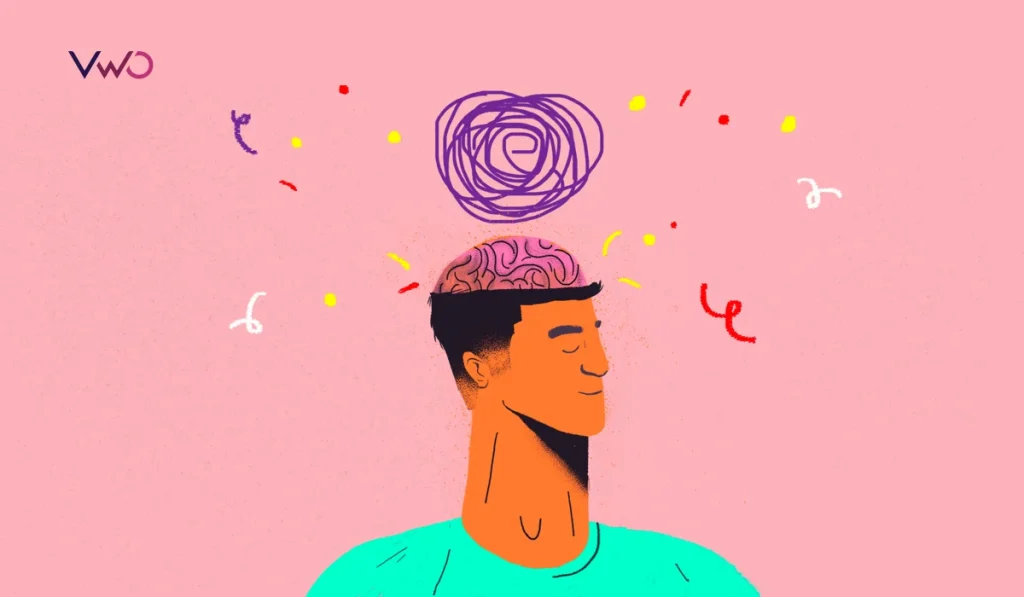

1. The Role of Artificial Intelligence AI
The future of digital marketing in 2025, Artificial intelligence is expected to change digital marketing completely. They give marketers a chance to scrutinize large quantities of data about customer behavior, forecast trends, and optimize campaigns as they progress. AI tools allow personalized content development, chatbots automate communication with clients while enhancing ad targeting making all these marketing exercises efficient. Businesses can use AI and ML algorithms to understand their customers better by revealing patterns and preferences that may not have been detected by human analysis. This allows for improved precision in targeting and individualized marketing approaches. For instance, artificial intelligence (AI) and machine learning (ML) provide insights into probable repeat purchase behavior after observing one’s choice of certain goods/services previously. Consequently, the marketing team can know which products they can place on social media pages or even run ads in newspapers or magazines on a particular day.
2. The Impact of Voice Search and Smart Speakers
The rise of smart speakers such as Amazon Echo is making voice search an increasingly necessary part of digital marketing. Developing for voice search assumes understanding natural language processing and concentrating on long-tail keywords as well as conversation-based queries. Marketers will have to generate content that gives brief, direct answers to specific questions to feature highly among the results provided for voice search. When consumers are searching with their voices, they want a quick answer or response from the search engine. This change would necessitate marketers to reconsider their SEO strategies by focusing on developing easily accessible content capable of offering immediate value. Additionally, voice searches have been used by brands in local SEO so that they may come up when people are looking for services near them or businesses around them.
3. Video Marketing: The Dominant Medium
The use of video is still a strong way to connect with listeners and this will only increase in importance in the future. Social media platforms such as YouTube, and Instagram Reels are all seeing huge popularity while live streaming has become a deciding part of any brand’s real-time connection with its audience. In order not to be left behind by competition, marketers need to develop high-quality videos like tutorials, sneak peeks, and live interactive sessions. Video content can also be used by companies for storytelling purposes or product showcases that appeal emotionally to their consumers. With the emergence of technological improvement, creating and disseminating video content has become easier hence an essential ingredient for any digital marketing strategy.
4. Augmented Reality (AR) and Virtual Reality (VR)
Auditory and Visual Technologies are creating an immersive experience that can capture audiences’ attention and encourage them to participate. Companies can use augmented reality to let customers see what a product would look like in their space before they buy while virtual reality could enable virtual tours and allow interactions. This will create more ways of accessing the technology, which will be instrumental for most marketers to connect with consumers and enhance the shopping experience. For example, AR applications can be used to help customers virtually ‘try on’ clothes in the fashion industry or see how furniture will appear in their living spaces by home decor companies. However, VR allows users to enter into virtual worlds via special headsets and interact with brands in a completely different way than ever experienced before. Hence, these technologies have the power to greatly change the decision-making process thereby making it easier for potential buyers to make purchase decisions.
5. Hybrid Events and Phygital Experiences
The future will be a mix of physical and digital experiences. Hybrid events, which integrate elements of physical and virtual realities, will become more frequent, allowing brands to engage wider audiences as well as provide them with options for flexible participation. Phygital experiences in the form of interactive displays and natural augmented reality in brick-and-mortar stores will increase users’ engagement with the brand and create a bridge between online interactions. Hybrid events give you the best of both worlds by catering to those who prefer face-to-face interaction and those who choose virtual attendance. This approach ensures that brands target a larger population while creating more inclusive encounters. experiences can enhance shopper journeys through interactivity and personalization making the whole process playing and pleasurable.
6. The Evolution of Influencer Marketing
Brands now find more value in micro-influencers and nano-influencers – those with fewer followers but highly engaged ones compared to macro-influencers having millions of followers. This change is driven by a desire for authenticity and deep connections. Consequently, marketers need to focus on establishing long-term relationships with influencers who share common values with their brands. Influencers enable one to target particular consumers while generating content that appeals on a personal level. For instance, when companies partner with influencers who share their values and preferences, they can build honest relationships in which there is higher engagement and trust. This method also lets businesses focus more on marketing to specific populations.
Conclusion
As a digital marketing expert in Malappuram, I know that the future of digital marketing will be full of excitement and challenges as technology continues to advance rapidly and consumer expectations keep changing. Therefore, businesses should adopt these trends by delivering personal and engaging ethical experiences if they want to stay on top of their game. Consequently, success in this constantly evolving terrain depends on adaptability, innovation, and understanding the needs of consumers. There are no limits in terms of what digital marketing could achieve moving forward, which means it provides new avenues for growth and transformation too.